 Web Front-end
Web Front-end JS Tutorial
JS Tutorial Practical js focus map switching effect, separation of structure and behavior_javascript skills
Practical js focus map switching effect, separation of structure and behavior_javascript skillsThe focus picture switching effect is probably very familiar to the front-end. There should be many ways to implement it. One of the commonly used ones in work is described as follows:
How to synchronize the current digital navigation with the display of pictures?
There are two areas here, the picture switching area and the digital navigation area; they correspond to two loop functions respectively; plays(value) and setBg(value);
When the picture loop switches to the second picture, at this time The current state of the digital navigation is also changed to the second position to achieve a synchronization effect. The key here is to pass the same parameter value to them; and this task is handed over to the function Mea(value);
The pictures should be automatically switched. After the last picture is displayed in the loop, it will return to the first picture. This is done using the function auto(); but auto() only makes the judgment that the parameter n is incremented and loops, and there is no power. Support, it can't do anything.
At this time, the function setAuto() comes with setInterval(). It is the engine device of the entire system. It executes auto() every certain time; corresponding to the parameter n, it is also constantly Incremental change; n is passed to the function Mea(n);
The last interactive behavior, when the mouse slides over, the picture switching area and the digital navigation area stay in the current state, don't forget the function mouse(n), this is It is its credit;
In this way, several function brothers, divided the labor and cooperated, performed their respective duties, and completed the work brilliantly;
1.html
The code is as follows:
3.js
Copy code
The code is as follows:
function $(id){return document.getElementById(id);}
var n=0;
var Num=$("jfocusnum").getElementsByTagName("li");
var imglist=$("jfocuspic").getElementsByTagName("a");
function setBg(value){//Number area switching, add class "on" to the current element, clear the classes of other elements;
for(var i=0;i
function plays(value ){//Picture area transformation
try//try...catch can test errors in the code. The try section contains the code that needs to be run, while the catch section contains the code that runs when an error occurs.
{
with (jfocuspic)//Add filter effects for IE;
{
filters[0].Apply();//Before starting a dynamic effect, you need to equip it (Apply), the Apply event is used to generate a filter effect.
for(i=0;i
}
}
catch(e)
{
for(i=0;i
i==value?imglist[i].style.display="block":imglist[i].style.display="none";//Display the current image, Hide other pictures;
}
}
}
function mouse(n){
for(var i=0;i
Num[i].onmouseover=imglist[i].onmouseover=function(){clearInterval(autoStart);Mea(n);}//Stop automatic switching after the mouse passes and give function Mea() Pass a current parameter n
Num[i].onmouseout=imglist[i].onmouseout=function(){setAuto();}
})(i);
}
}
function Mea(value){
n=value;
mouse();
setBg(value);
plays(value);
}
function auto(){/ /The increment of parameter n is the key to automatic rotation of pictures;
n;
if(n>Num.length-1)n=0;
Mea(n);
}
function setAuto(){autoStart=setInterval("auto()", 2000)}//Every 2000 milliseconds, the auto() function is executed; each time it is executed, the parameter n is incremented by 1
setAuto();// Call function
Demo code:
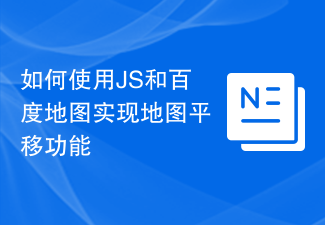 如何使用JS和百度地图实现地图平移功能Nov 21, 2023 am 10:00 AM
如何使用JS和百度地图实现地图平移功能Nov 21, 2023 am 10:00 AM如何使用JS和百度地图实现地图平移功能百度地图是一款广泛使用的地图服务平台,在Web开发中经常用于展示地理信息、定位等功能。本文将介绍如何使用JS和百度地图API实现地图平移功能,并提供具体的代码示例。一、准备工作使用百度地图API前,首先需要在百度地图开放平台(http://lbsyun.baidu.com/)上申请一个开发者账号,并创建一个应用。创建完成
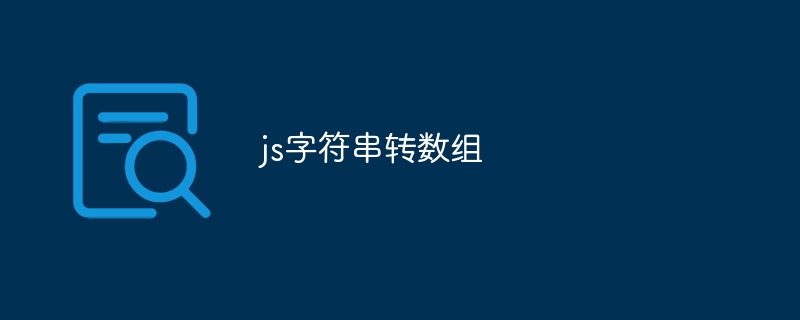 js字符串转数组Aug 03, 2023 pm 01:34 PM
js字符串转数组Aug 03, 2023 pm 01:34 PMjs字符串转数组的方法:1、使用“split()”方法,可以根据指定的分隔符将字符串分割成数组元素;2、使用“Array.from()”方法,可以将可迭代对象或类数组对象转换成真正的数组;3、使用for循环遍历,将每个字符依次添加到数组中;4、使用“Array.split()”方法,通过调用“Array.prototype.forEach()”将一个字符串拆分成数组的快捷方式。
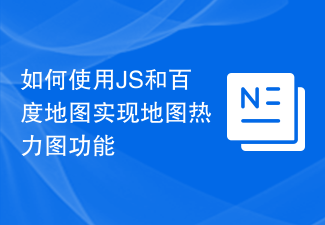 如何使用JS和百度地图实现地图热力图功能Nov 21, 2023 am 09:33 AM
如何使用JS和百度地图实现地图热力图功能Nov 21, 2023 am 09:33 AM如何使用JS和百度地图实现地图热力图功能简介:随着互联网和移动设备的迅速发展,地图成为了一种普遍的应用场景。而热力图作为一种可视化的展示方式,能够帮助我们更直观地了解数据的分布情况。本文将介绍如何使用JS和百度地图API来实现地图热力图的功能,并提供具体的代码示例。准备工作:在开始之前,你需要准备以下事项:一个百度开发者账号,并创建一个应用,获取到相应的AP
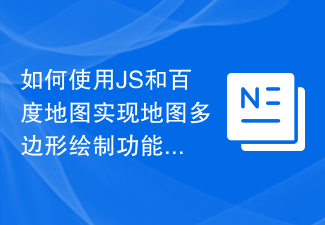 如何使用JS和百度地图实现地图多边形绘制功能Nov 21, 2023 am 10:53 AM
如何使用JS和百度地图实现地图多边形绘制功能Nov 21, 2023 am 10:53 AM如何使用JS和百度地图实现地图多边形绘制功能在现代网页开发中,地图应用已经成为常见的功能之一。而地图上绘制多边形,可以帮助我们将特定区域进行标记,方便用户进行查看和分析。本文将介绍如何使用JS和百度地图API实现地图多边形绘制功能,并提供具体的代码示例。首先,我们需要引入百度地图API。可以利用以下代码在HTML文件中导入百度地图API的JavaScript
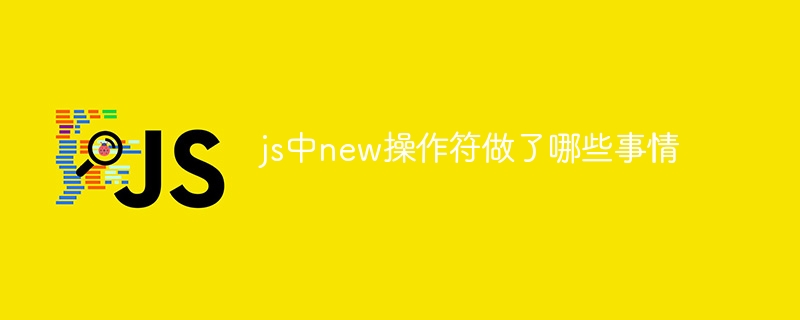 js中new操作符做了哪些事情Nov 13, 2023 pm 04:05 PM
js中new操作符做了哪些事情Nov 13, 2023 pm 04:05 PMjs中new操作符做了:1、创建一个空对象,这个新对象将成为函数的实例;2、将新对象的原型链接到构造函数的原型对象,这样新对象就可以访问构造函数原型对象中定义的属性和方法;3、将构造函数的作用域赋给新对象,这样新对象就可以通过this关键字来引用构造函数中的属性和方法;4、执行构造函数中的代码,构造函数中的代码将用于初始化新对象的属性和方法;5、如果构造函数中没有返回等等。
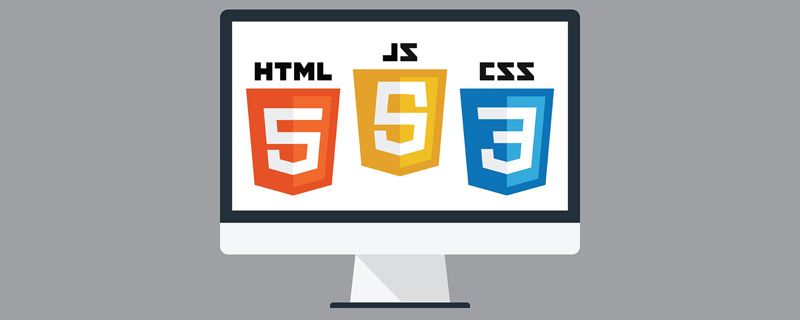 用JavaScript模拟实现打字小游戏!Aug 07, 2022 am 10:34 AM
用JavaScript模拟实现打字小游戏!Aug 07, 2022 am 10:34 AM这篇文章主要为大家详细介绍了js实现打字小游戏,文中示例代码介绍的非常详细,具有一定的参考价值,感兴趣的小伙伴们可以参考一下。
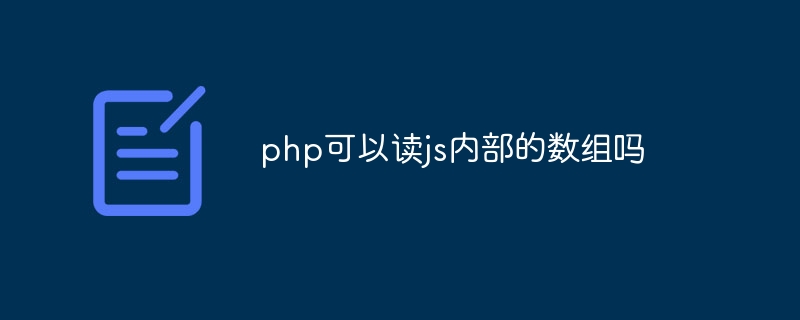 php可以读js内部的数组吗Jul 12, 2023 pm 03:41 PM
php可以读js内部的数组吗Jul 12, 2023 pm 03:41 PMphp在特定情况下可以读js内部的数组。其方法是:1、在JavaScript中,创建一个包含需要传递给PHP的数组的变量;2、使用Ajax技术将该数组发送给PHP脚本。可以使用原生的JavaScript代码或者使用基于Ajax的JavaScript库如jQuery等;3、在PHP脚本中,接收传递过来的数组数据,并进行相应的处理即可。
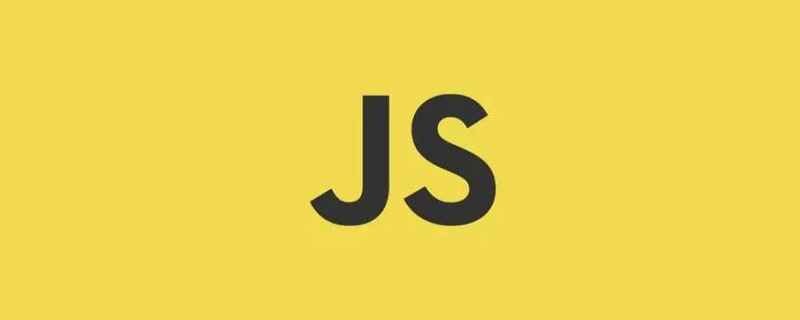 js是什么编程语言?May 05, 2019 am 10:22 AM
js是什么编程语言?May 05, 2019 am 10:22 AMjs全称JavaScript,是一种具有函数优先的轻量级,直译式、解释型或即时编译型的高级编程语言,是一种属于网络的高级脚本语言;JavaScript基于原型编程、多范式的动态脚本语言,并且支持面向对象、命令式和声明式,如函数式编程。


Hot AI Tools

Undresser.AI Undress
AI-powered app for creating realistic nude photos

AI Clothes Remover
Online AI tool for removing clothes from photos.

Undress AI Tool
Undress images for free

Clothoff.io
AI clothes remover

AI Hentai Generator
Generate AI Hentai for free.

Hot Article

Hot Tools

PhpStorm Mac version
The latest (2018.2.1) professional PHP integrated development tool

VSCode Windows 64-bit Download
A free and powerful IDE editor launched by Microsoft

WebStorm Mac version
Useful JavaScript development tools

Dreamweaver CS6
Visual web development tools

SublimeText3 Mac version
God-level code editing software (SublimeText3)





